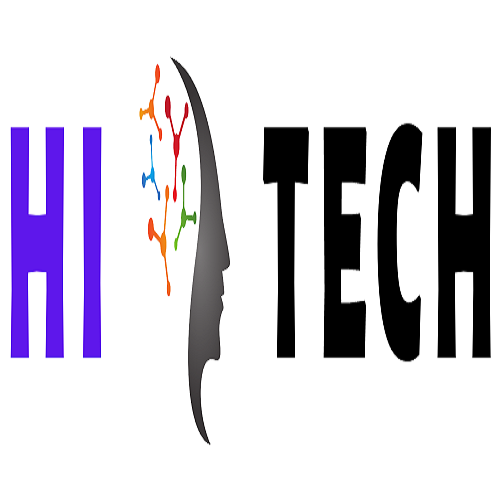Introduction:
Today, we have a
plethora of devices that can perform a variety of tasks, from personal
computers to smartphones and tablets. However, there is a new type of computer
that is quickly gaining popularity – the bionic computer. This article will
explore what a bionic computer is, how it works, and its potential
applications.
What is a Bionic
Computer?
A bionic computer is a
type of computer that is designed to mimic the functioning of the human brain.
It is built using artificial neural networks (ANNs) which are modeled after the
way neurons in the human brain function. The goal of a bionic computer is to
create a machine that can learn, adapt, and make decisions in a similar way to
humans.
How Does a Bionic
Computer Work?
A bionic computer works
by using ANNs that are made up of layers of interconnected nodes. Each node in
the network is designed to simulate a neuron in the brain, and the connections
between the nodes represent the synapses between neurons. When data is inputted
into the network, it is processed through the layers of nodes, and the network
learns to recognize patterns in the data.
The learning process in
a bionic computer is similar to the way the human brain learns. When a person
is exposed to new information, their brain forms new neural connections that
allow them to remember and recall that information in the future. In a bionic
computer, the network is trained using a large dataset, and the connections
between nodes are adjusted to improve the accuracy of the network.
Applications of
Bionic Computers:
There are many potential
applications for bionic computers. One of the most promising areas is in
artificial intelligence (AI) and machine learning. Bionic computers could be
used to develop more advanced AI systems that can learn and adapt in real-time,
making them more effective at tasks like natural language processing, image
recognition, and decision-making.
Another potential
application for bionic computers is in healthcare. They could be used to
analyze medical data and make more accurate diagnoses, or to develop
personalized treatment plans for patients. Bionic computers could also be used
to simulate the effects of different drugs on the human body, allowing doctors
to make more informed decisions about treatment options.
In Healthcare and
AI:
In addition to
healthcare and AI, bionic computers could also be used in other industries like
finance, transportation, and manufacturing. They could be used to analyze
financial data and make more informed investment decisions, or to optimize
supply chain operations and improve production efficiency.
Challenges and
Limitations:
While bionic computers
have a lot of potential, there are also several challenges and limitations that
need to be addressed. One of the biggest challenges is developing algorithms that
can effectively train the ANNs in the network. This requires a large amount of
data and computational resources, which can be expensive and time-consuming.
Another challenge is the
energy consumption of bionic computers. They require a lot of power to operate,
which can be a barrier to their adoption in certain applications. Additionally,
the complexity of the networks makes it difficult to understand how they are
making decisions, which can be a concern in applications like healthcare where
transparency is important.
Uses of Bionic
Computer:
Bionic computers have a
wide range of potential uses across various industries, some of which are
listed below:
1. Autonomous Vehicles: Bionic computers can be used to develop more advanced
self-driving vehicles. They can process data from multiple sensors, including
cameras, radar, and lidar, to make decisions in real-time and navigate complex
environments.
2.
Healthcare: Bionic computers can assist in the diagnosis
and treatment of various medical conditions. They can analyze vast amounts of
medical data, including patient records and medical images, to provide more
accurate diagnoses and treatment recommendations.
3. Finance: Bionic computers can be used to develop more
sophisticated financial trading algorithms. They can analyze market data in
real-time and make trading decisions based on that information.
4.
Customer Service: Bionic computers can be used to improve
customer service experiences. They can analyze customer interactions and provide
personalized recommendations to enhance the customer experience.
5. Robotics: Bionic computers can be used to develop more
advanced robots that can perform complex tasks in a variety of environments.
They can process data from sensors and make decisions based on that information
to perform tasks such as manufacturing, assembly, and maintenance.
6. Education: Bionic computers can be used to develop more
advanced educational tools. They can analyze student data and provide
personalized learning recommendations to enhance the learning experience.
7. Gaming: Bionic computers can be used to develop more
advanced gaming experiences. They can analyze player behavior and provide
personalized recommendations to enhance the gaming experience.
8. Security: Bionic computers can be used to develop more
advanced security systems. They can analyze security data in real-time and
detect anomalies or potential threats to prevent cyber attacks or other
security breaches.
Overall, bionic
computers have the potential to transform many industries and improve the
efficiency and accuracy of various processes. However, it is essential to
ensure that ethical guidelines and regulations are in place to govern their use
and prevent any potential negative implications.
Conclusion:
In conclusion, bionic
computers are an exciting new development in computing technology that has the
potential to revolutionize a variety of industries. By mimicking the
functioning of the human brain, bionic computers can learn, adapt, and make
decisions in a similar way to humans. The applications of bionic computers are
vast, from improving healthcare to advancing artificial intelligence and
machine learning. However, there are still challenges and limitations that need
to be addressed, such as developing effective algorithms and addressing energy
consumption concerns. Overall, the future looks bright for bionic computers,
and we can expect to see more advances in this area in the years to come.










0 Comments